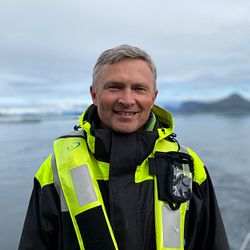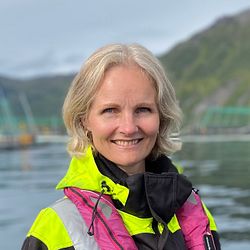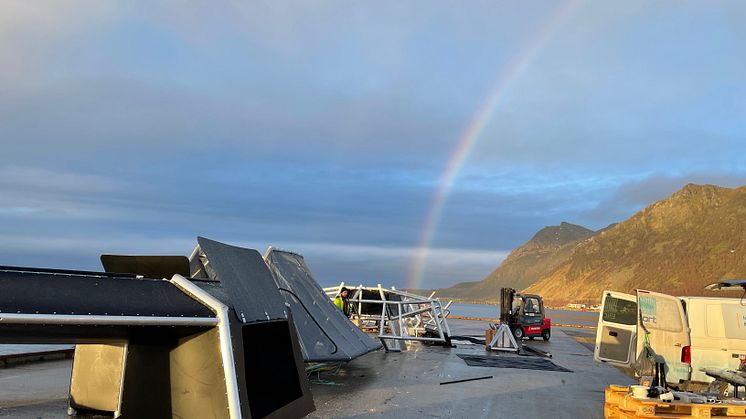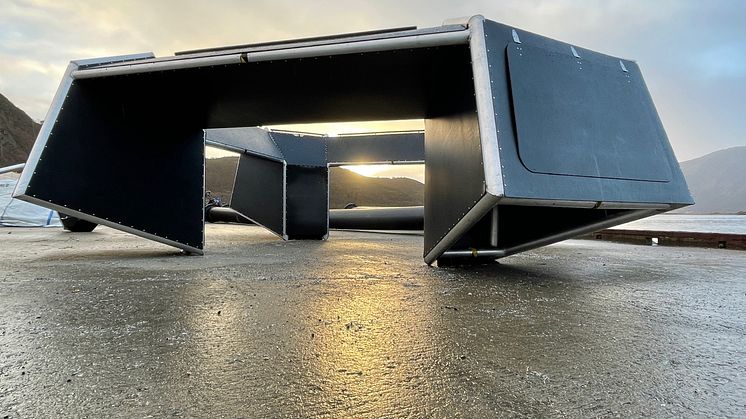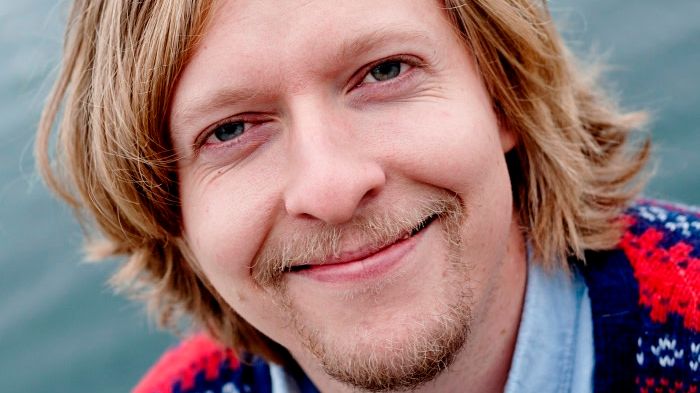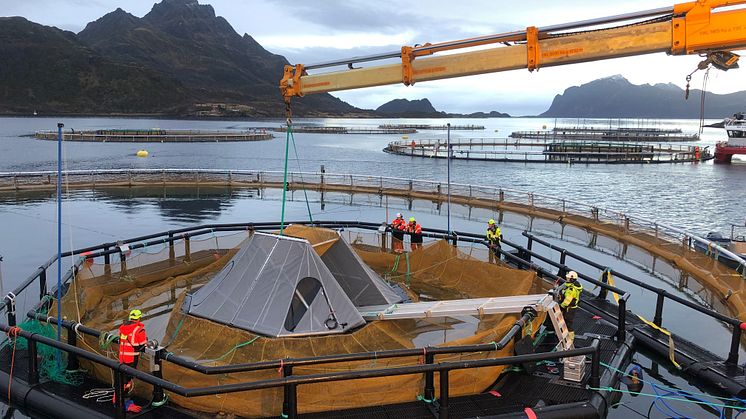
Press release -
The iFarm project aims to improve fish welfare with AI and machine learning – Now an entire sea site is equipped with iFarm setup for the first time
The iFarm project, which has been ongoing since January last year, is in its second phase. An entire sea site in Vesterålen, Norway is now equipped with an iFarm setup in all the net pens, after the fish was stocked there this autumn. In this phase, the project will do a real full-scale testing of the concept and technology. The goal is to increase fish health and welfare with artificial intelligence and machine learning.
Experiences from phase 1 used to make adjustments in phase 2
In the first phase, iFarm equipment was rigged in individual net pens at the Martnesvika site in Steigen. The main focus in Martnesvika has been to follow the fish's behavior, and gain experience with the new equipment in the pens. The experience gained so far has been used to adjust equipment and setup for phase 2 of the project. This means that the iFarm equipment that is put into sea in phase 2 at Langøyhovden is a little different than the equipment in phase 1 in Martnesvika.
- Among other things, we have seen that the design of the sensor housing and the openings the fish must swim through to get to the surface affect the fish's swimming pattern, says iFarm project manager Karl Fredrik Ottem. - We are dependent on the fish choosing to swim through the sensor house, so in this phase we are putting out 6 different sensor houses with different geometric designs, to test which houses the salmon prefer, says Ottem. - Then we will also know which sensor houses we will use in phase 3, when we are going to stock fish for the third time in the project.
The six houses that have now been put into sea have been put together on land at Myre in Vesterålen, before they have been transported to the sea site and installed in the net pens, at a depth of 8 meters.
- We have many and good cameras so that we can constantly monitor how the fish swim and ensure that it eats and thrives, says Ottem. - So far, it seems that the fish are getting used to new equipment in the net pen, at both Martnesvika and Langøyhovden.
Some challenges and complications along the way
Even though the fish seem to thrive and grow well, not everything runs completely smooth in such an innovative development project. With so much equipment down in the net pen, it has been demanding to find good solutions for both camera cleaning and equipment maintenance.
- There are large and complex installations that either have to be lifted up to be maintained, or we have to go under water to get to it, and it has been demanding to find good routines to make this happen while we take care of the fish's well-being, says Ottem. - But we also take these experiences with us when we look at the design and adjustment of equipment and setup for the next phase, says Ottem.
Promising sea lice results
As the fish is kept 10 meters down in the net pen with iFarm, fewer lice have been observed on the salmon there. - We reckon that we have saved a minimum of 1 de-licing operation on the iFarm fish during phase 1 at Martnesvika, even though we only have iFarm set-up in single net pens there, says Ottem. - At Langøyhovden we have iFarm set-up in all the net pens, and it will be very interesting to see what effect it will have on lice levels eventually, says Ottem.
About iFarm:
- iFarm is a concept based on artificial intelligence and machine learning. With the help of iFarm, we can bring about a shift from population-based follow-up to individual-based care in aquaculture. This will be of great importance for fish health and welfare.
- iFarm is a collaboration between Cermaq and BioSort. ScaleAQ is the main supplier of farming equipment for the project
- Cermaq has been awarded 4 development licenses with iFarm.
Topics
Cermaq is one of the world's leading companies in farming of salmon and trout, with operations in Norway, Chile and Canada. Cermaq is a fully owned subsidiary of Mitsubishi Corporation with head office in Oslo, Norway.

